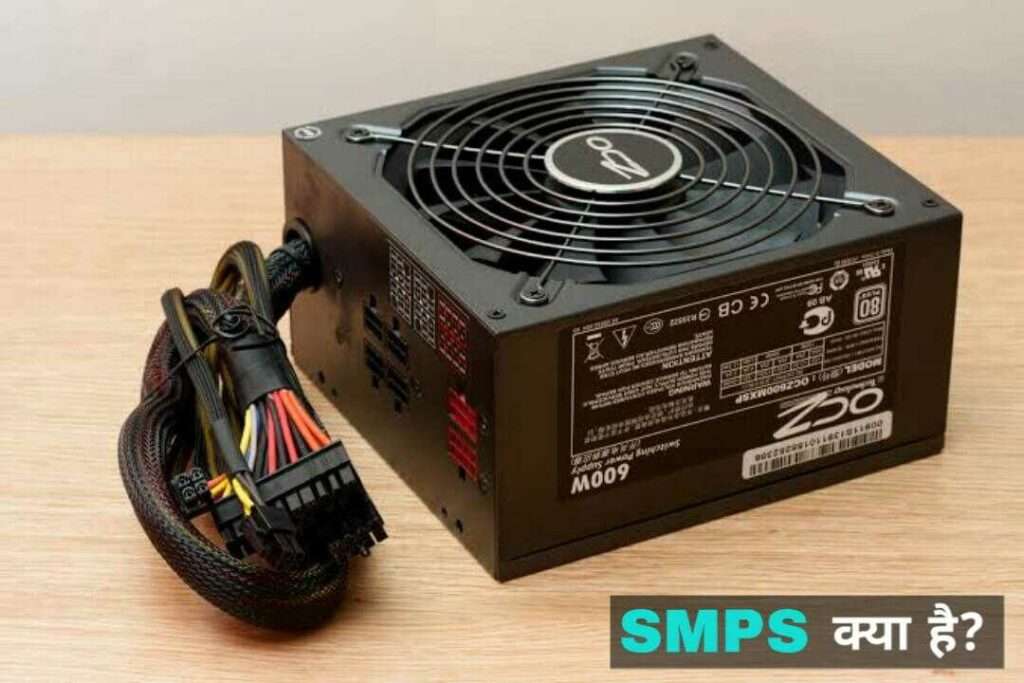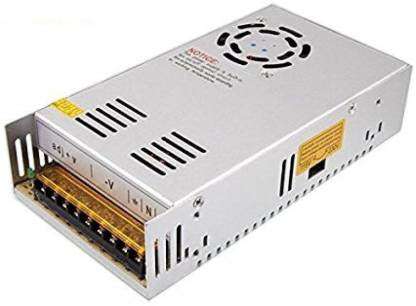Electronic switching is utilized by switching-mode power supplies (SMPS) to transform electrical power from one form to another. Computers, TVs, and cell phones are just a few of the modern gadgets that employ SMPS.
A switching transistor is used by SMPS to quickly turn the power supply on and off. This generates a high-frequency square wave, which is subsequently transformed by a filter into the correct output voltage. A feedback circuit that regulates the switching transistor makes sure the output voltage doesn’t fluctuate.
SMPS are superior to conventional linear power supply in a variety of ways. They spend less energy if they are more effective. They can convert a greater range of input voltages to a variety of output voltages and are also lighter and smaller.
SMPS do, however, face numerous drawbacks. They could cost more than linear power supply and might make noise. In addition, they may be more vulnerable to harm from brief voltage surges.
Introduction to SMPS



Understanding SMPS Operation
Here is a step-by-step overview of how an SMPS works:
- The input voltage is applied to the SMPS.
- The switching transistor is turned on and off rapidly by the control circuit.
- The high-frequency square wave from the switching transistor is passed through the filter.
- The filter converts the high-frequency square wave to the desired output voltage.
- The output voltage is monitored by the feedback circuit.
- If the output voltage is not correct, the control circuit adjusts the duty cycle of the switching transistor to correct it.
- Steps 2-6 are repeated continuously to maintain the output voltage at a constant level.



Advantages of SMPS
| Advantage | Explanation |
|---|---|
| Efficiency | SMPS are much more efficient than linear power supplies. This means that they waste less energy, which can save money on your electricity bill. |
| Size and weight | SMPS are much smaller and lighter than linear power supplies. This makes them ideal for use in portable devices, such as laptops and mobile phones. |
| Input voltage range | SMPS can be used with a wide range of input voltages. This makes them ideal for use in devices that are used in different countries, where the mains voltage may vary. |
| Output voltage regulation | SMPS provide very good output voltage regulation. This means that the output voltage is very stable, even if the input voltage varies. |
SMPS Applications



- Computers: SMPS are used to power the main components of a computer, such as the motherboard, CPU, and graphics card.
- TVs: SMPS are used to power the main components of a TV, such as the display, tuner, and audio system.
- Mobile phones: SMPS are used to power the main components of a mobile phone, such as the processor, memory, and display.
- Power tools: SMPS are used to power cordless power tools, such as drills, saws, and grinders.
- Medical devices: SMPS are used to power medical devices, such as heart monitors, defibrillators, and MRI machines.
- Industrial equipment: SMPS are used to power industrial equipment, such as robots, CNC machines, and welding equipment.
SMPS Innovations and Future Prospects
| Innovation | Description | Future Prospects |
|---|---|---|
| High-frequency SMPS | Uses higher switching frequencies to achieve smaller size and weight, lower losses, and faster transient response. | This trend is expected to continue, as it allows for even smaller and more efficient SMPS designs. |
| Resonant converter SMPS | Uses resonant tanks to achieve higher efficiency and lower noise. | This technology is still in its early stages, but it has the potential to revolutionize the SMPS market. |
| SiC and GaN power transistors | Use wide bandgap materials to achieve higher switching frequencies and lower losses. | These materials are becoming increasingly affordable, and they are expected to become the standard for SMPS design in the future. |
| Artificial intelligence (AI)-powered SMPS | Use AI to optimize SMPS performance in real time. | This technology is still in its early stages, but it has the potential to significantly improve the efficiency and reliability of SMPS systems. |
Challenges and Considerations
Here are some of the challenges and considerations in SMPS design:
- High switching frequency: High switching frequencies, which are frequently used by SMPSs, can cause EMI (electromagnetic interference). It is crucial to take action to reduce this EMI since it may interfere with other electrical equipment.
- High efficiency: Although SMPSs are made to be extremely efficient, this might cause issues with heat dissipation. Heat sinks and other cooling techniques should be utilized to prevent overheating of the components due to the high frequencies of switching used in SMPSs.
- Ripple and noise: SMPSs can generate ripple and noise on the output voltage. This ripple and noise can be a problem for sensitive electronic devices, so it is important to filter it out.
- Transient response: SMPSs must be able to respond quickly to changes in the input voltage or load. This can be a challenge, especially for high-speed SMPSs.
- Cost: SMPSs can be more expensive than traditional linear power supplies. This is due to the use of more complex components and the need for more precise manufacturing tolerances.






